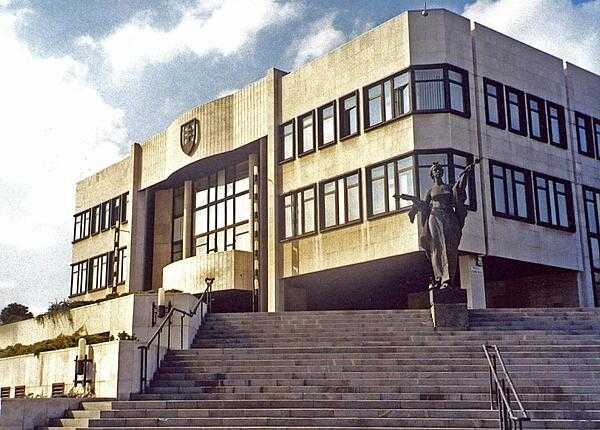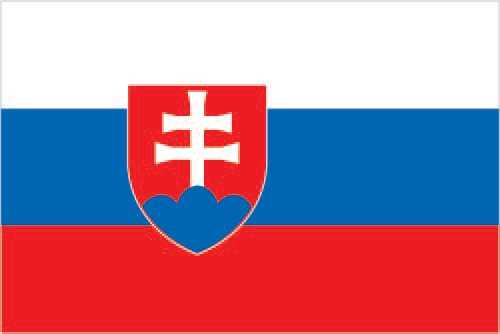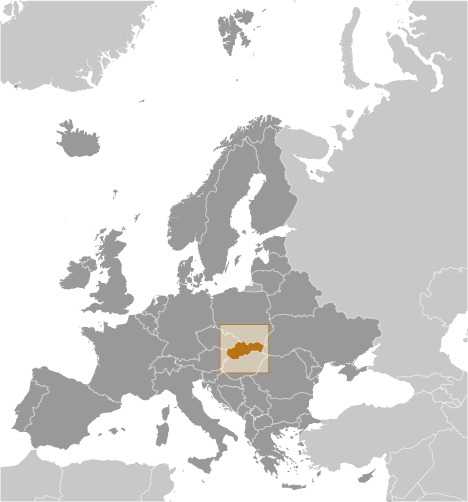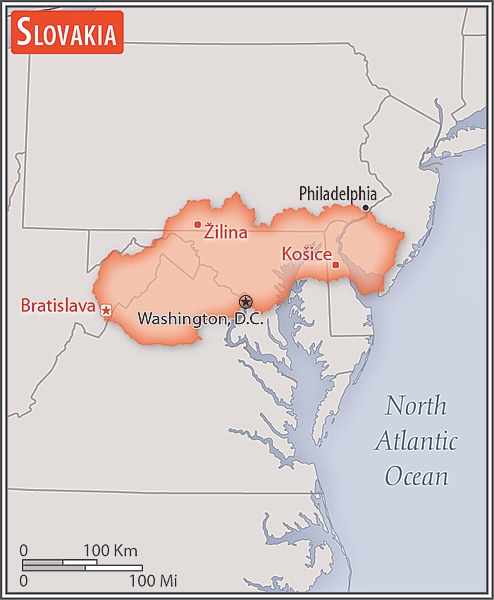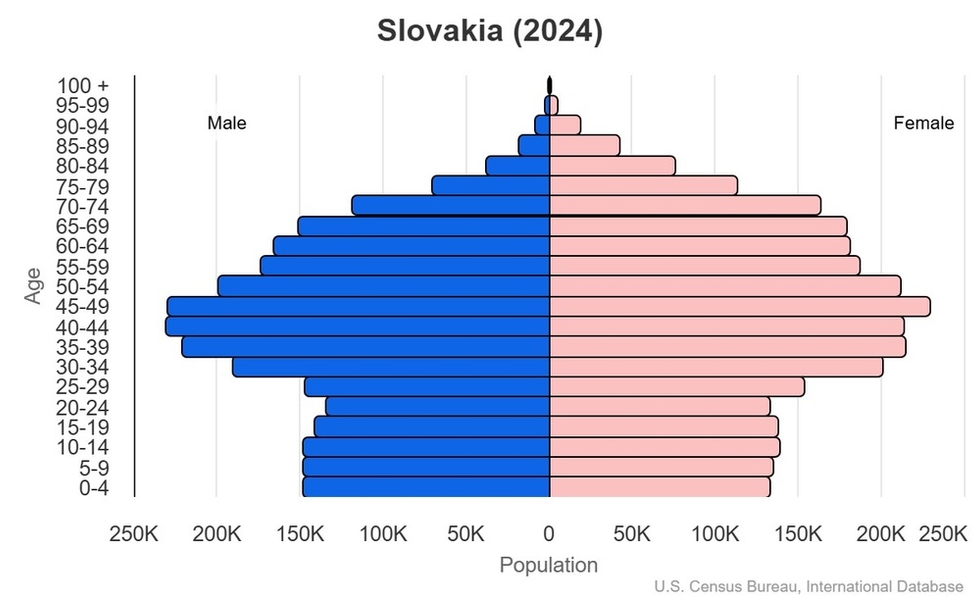Introduction
Visit the Definitions and Notes page to view a description of each topic.
Geography
People and Society
Population
comparison rankings: total 119; male 121; female 117
Languages
Median age
comparison ranking: total 39
Population growth rate
comparison ranking: 202
Birth rate
comparison ranking: 187
Death rate
comparison ranking: 24
Net migration rate
comparison ranking: 73
Maternal mortality ratio
comparison ranking: 181
Infant mortality rate
comparison ranking: total 174
Life expectancy at birth
comparison ranking: total population 94
Total fertility rate
comparison ranking: 184
Obesity - adult prevalence rate
comparison ranking: 98
Alcohol consumption per capita
comparison ranking: total 21
Tobacco use
comparison ranking: total 20
Education expenditure
comparison ranking: Education expenditure (% GDP) 75
Environment
Carbon dioxide emissions
comparison ranking: total emissions 73
Government
Economy
Real GDP (purchasing power parity)
comparison ranking: 75
Real GDP growth rate
comparison ranking: 147
Real GDP per capita
comparison ranking: 60
Inflation rate (consumer prices)
comparison ranking: 80
GDP - composition, by sector of origin
comparison rankings: agriculture 152; industry 68; services 87
Industrial production growth rate
comparison ranking: 127
Labor force
comparison ranking: 117
Unemployment rate
comparison ranking: 95
Youth unemployment rate (ages 15-24)
comparison ranking: total 62
Gini Index coefficient - distribution of family income
comparison ranking: 149
Public debt
comparison ranking: 66
Taxes and other revenues
comparison ranking: 56
Current account balance
comparison ranking: 166
Reserves of foreign exchange and gold
comparison ranking: 69
Energy
Electricity
comparison rankings: installed generating capacity 73; consumption 70; exports 18; imports 24; transmission/distribution losses 110
Energy consumption per capita
comparison ranking: 30
Communications
Telephones - fixed lines
comparison ranking: total subscriptions 92
Telephones - mobile cellular
comparison ranking: total subscriptions 107
Broadband - fixed subscriptions
comparison ranking: total 64
